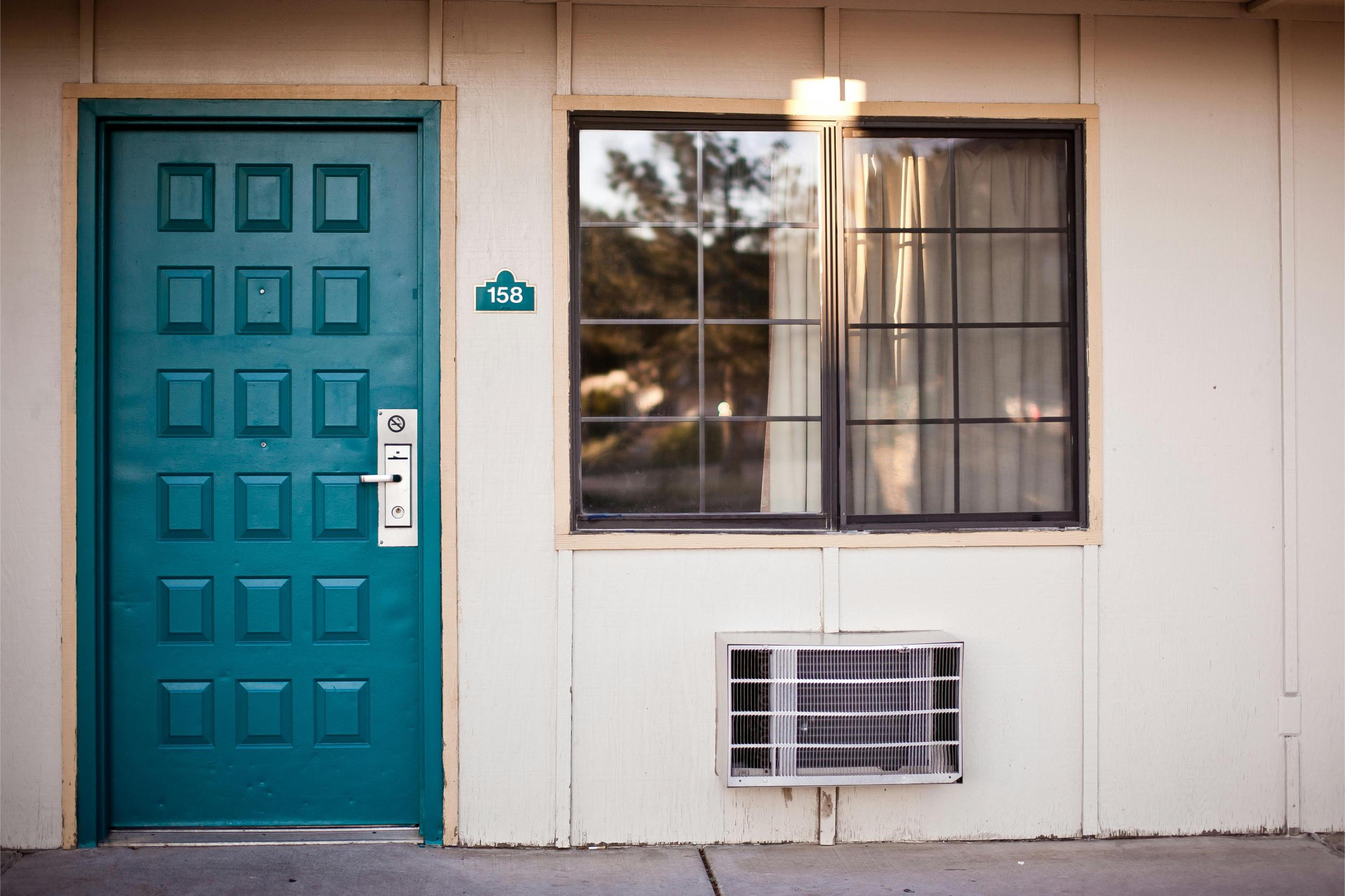Your air conditioner works tirelessly to keep your home cool and comfortable, especially during the sweltering summer months. But to ensure it operates efficiently, regular maintenance is essential, and cleaning the AC filter is one of the most critical steps. A clean filter not only improves air quality but also helps your AC run more efficiently, saving energy and prolonging its lifespan.
In this comprehensive guide, we’ll walk you through the entire process of cleaning your AC filter, explain why it’s important, and provide helpful tips on how often to clean it.
Why It’s Important to Clean Your AC Filter
Your AC filter plays a crucial role in maintaining your home’s air quality. It traps dust, dirt, pollen, and other airborne particles that circulate through your HVAC system. Over time, the filter becomes clogged with these contaminants, which can cause several issues, including:
- Reduced Airflow: A clogged filter restricts airflow, making it harder for your AC to push cool air through your home, which can lead to uneven cooling.
- Higher Energy Bills: When your AC has to work harder to cool your home, it consumes more energy, which results in higher electricity bills.
- Poor Air Quality: A dirty filter can’t effectively trap dust, allergens, and pollutants, leading to poor indoor air quality and potential respiratory issues.
- System Damage: Over time, neglecting a dirty filter can strain your AC’s components, leading to breakdowns and expensive repairs.
By regularly cleaning or replacing your AC filter, you can keep your system running efficiently, ensure better air quality, and avoid costly repairs down the road.
How Often Should You Clean Your AC Filter?
The frequency of cleaning or replacing your AC filter depends on several factors, including:
- Type of Filter: Disposable filters need to be replaced every 1-3 months, while reusable filters can be cleaned every 30-60 days.
- Air Quality: If you live in an area with high pollution, dust, or pollen levels, or if you have pets, you may need to clean the filter more often.
- Usage: The more you use your AC, the faster the filter will become dirty. In peak cooling season, it’s a good idea to check the filter every month.
For optimal performance, check your AC filter regularly and clean it as needed to ensure it remains free of dust and debris.
Types of AC Filters
Before we get into the cleaning process, it’s essential to know what type of filter your AC uses. Here are the most common types:
- Disposable Filters: These are single-use filters made from fiberglass or pleated paper. They should be replaced every 1-3 months and cannot be cleaned.
- Washable/Reusable Filters: Made from more durable materials like metal or plastic, reusable filters can be cleaned and reinserted into the AC unit. These filters are cost-effective and environmentally friendly since they can last for several years with proper maintenance.
- Electrostatic Filters: These filters use an electrostatic charge to attract and capture airborne particles. Some are disposable, while others are washable.
For this guide, we will focus on cleaning washable or reusable filters. If you have a disposable filter, it’s best to replace it with a new one rather than attempt to clean it.
Step-by-Step Guide to Cleaning Your AC Filter
Now that you understand the importance of a clean AC filter and the types of filters available, let’s dive into the step-by-step process of cleaning it. The entire process should take about 20-30 minutes and can be done with simple household supplies.
What You’ll Need:
- Soft brush or vacuum with a brush attachment
- Dish soap or a mild cleaning detergent
- Warm water
- Spray bottle (optional)
- Towels or rags for drying
- A garden hose (for larger filters)
Step 1: Turn Off the Air Conditioner
Before you begin, make sure to turn off your air conditioner to prevent the system from running while you’re removing or cleaning the filter. Turning off the power ensures your safety and prevents dust or debris from being sucked into the system during the cleaning process.
Step 2: Locate and Remove the Filter
The filter is usually located behind the return air vent or inside the AC unit itself, depending on your system. Here’s how to locate it:
- Window or Wall-Mounted Units: The filter is typically found behind the front grille or panel.
- Central AC Systems: The filter is usually located in the return air duct, which could be on a wall, ceiling, or inside the air handler.
Once you’ve found the filter, carefully remove it. Take note of the filter’s orientation so you can easily reinstall it later.
Step 3: Inspect the Filter for Dirt and Damage
Before you begin cleaning, check the filter for any signs of damage, such as tears, holes, or excessive wear. If your filter is damaged, it’s time to replace it with a new one, as a broken filter won’t effectively trap contaminants.
If the filter is just dirty, proceed to the next step.
Step 4: Remove Loose Dust and Debris
Before washing the filter, it’s a good idea to remove as much loose dust and debris as possible. You can do this in two ways:
- Vacuum Cleaner: Use a vacuum cleaner with a soft brush attachment to gently remove loose dust and debris from both sides of the filter. This will make the washing process more effective.
- Soft Brush: Alternatively, you can use a soft brush to sweep away loose dirt and particles.
Be gentle during this step to avoid damaging the filter material.
Step 5: Wash the Filter
Once you’ve removed the loose debris, it’s time to give the filter a thorough cleaning. Here’s how to do it:
- Fill a Basin with Warm, Soapy Water: Fill a large basin or sink with warm water and add a few drops of dish soap or mild detergent. Swirl the water to create suds.
- Submerge the Filter: Gently submerge the filter into the soapy water, ensuring that the entire filter is covered. Allow it to soak for about 10-15 minutes to help loosen stubborn dirt and grime.
- Scrub Gently: After soaking, use a soft brush or sponge to gently scrub both sides of the filter. Focus on any areas that appear particularly dirty. Avoid using abrasive brushes, as these can damage the filter.
- Rinse Thoroughly: Once you’ve scrubbed the filter, rinse it thoroughly under running water to remove all soap and dirt. If you’re cleaning a large filter, you can use a garden hose with low pressure to rinse it.
- Optional: Use a Vinegar Solution: For an extra deep clean, you can spray the filter with a solution of equal parts water and white vinegar after rinsing. Vinegar acts as a natural disinfectant and deodorizer, which can help eliminate bacteria and odors.
Step 6: Allow the Filter to Dry Completely
After cleaning, it’s crucial to let the filter dry completely before reinstalling it. A damp filter can encourage mold growth or cause airflow issues. Here’s how to dry the filter:
- Shake Off Excess Water: Gently shake the filter to remove any excess water.
- Air Dry: Lay the filter flat on a clean towel or prop it up against a wall in a well-ventilated area to air dry. Avoid placing it in direct sunlight, as this can cause damage.
- Use a Fan: If you need to speed up the drying process, you can use a fan to help circulate air around the filter.
Allow the filter to dry for at least a few hours, or until it feels completely dry to the touch.
Step 7: Reinstall the Filter
Once the filter is completely dry, carefully reinstall it into your AC unit or return air vent. Make sure the filter is positioned correctly, based on the direction of airflow indicated on the filter or housing.
Step 8: Turn On the Air Conditioner
After reinstalling the clean filter, turn your air conditioner back on. You should notice an improvement in airflow and cooling efficiency, as a clean filter allows air to pass through more easily.
Tips for Maintaining a Clean AC Filter

To keep your air conditioner running smoothly, follow these maintenance tips:
- Regularly Check the Filter: Make it a habit to check your AC filter every 30-60 days, especially during peak cooling seasons when your air conditioner is in constant use.
- Replace Disposable Filters on Time: If you use disposable filters, replace them every 1-3 months, depending on your usage and the manufacturer’s recommendations.
- Schedule Professional Maintenance: In addition to cleaning your filter, it’s a good idea to schedule professional AC maintenance once a year to ensure your entire system is functioning correctly.
- Use High-Quality Filters: Consider upgrading to high-efficiency filters, such as HEPA filters, if you have allergies or want to improve indoor air quality. Just be sure to check if your AC system is compatible with these filters.
Conclusion
Cleaning your AC filter is a simple yet vital task that can improve the performance of your air conditioner, reduce energy bills, and enhance indoor air quality. By following the steps outlined in this guide, you can ensure that your AC filter remains clean and free of debris, keeping your home cool and comfortable all year long.
With regular maintenance and care, your air conditioner will thank you with better efficiency and a longer lifespan. So, grab your cleaning supplies and give your AC filter the attention it deserves!
